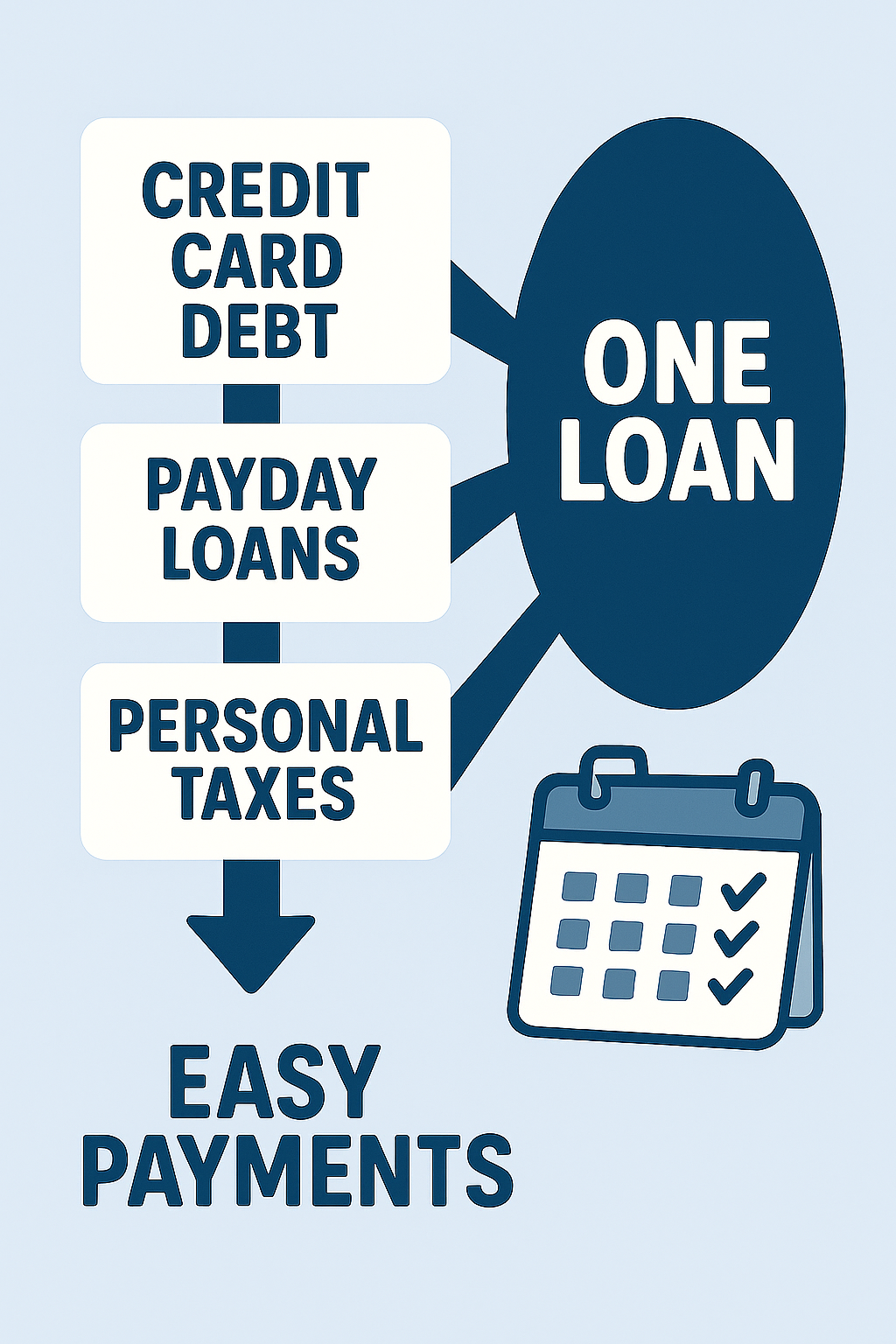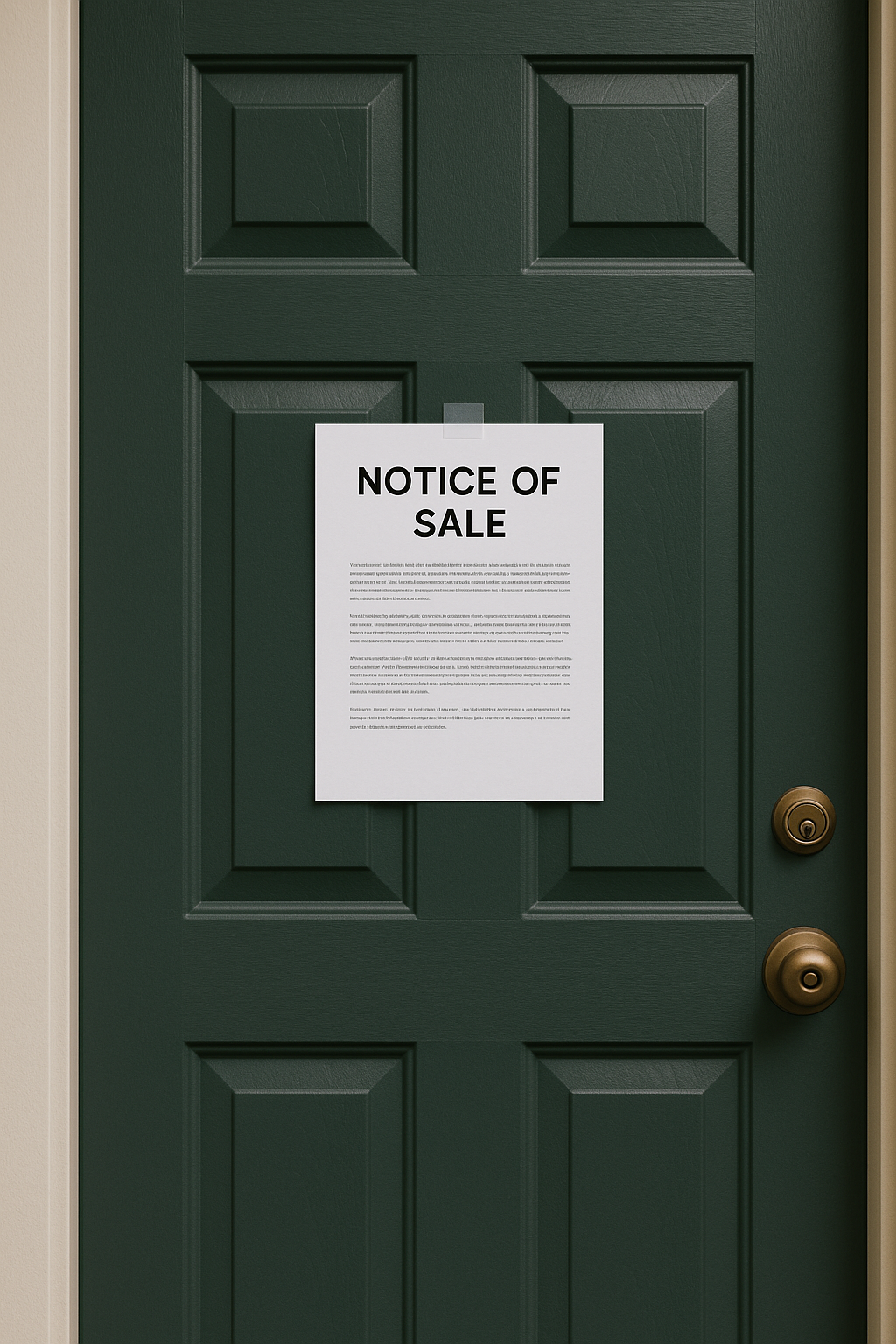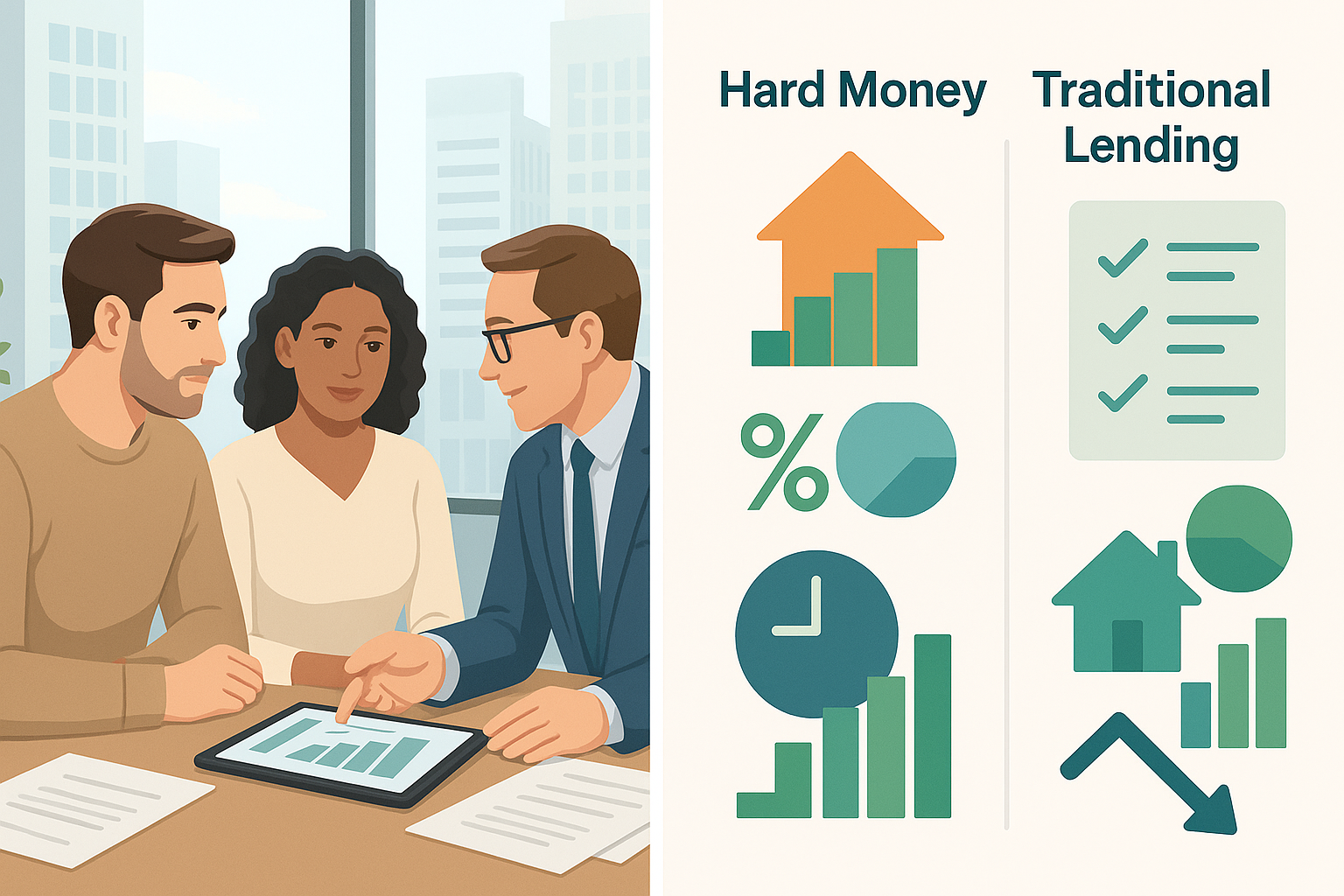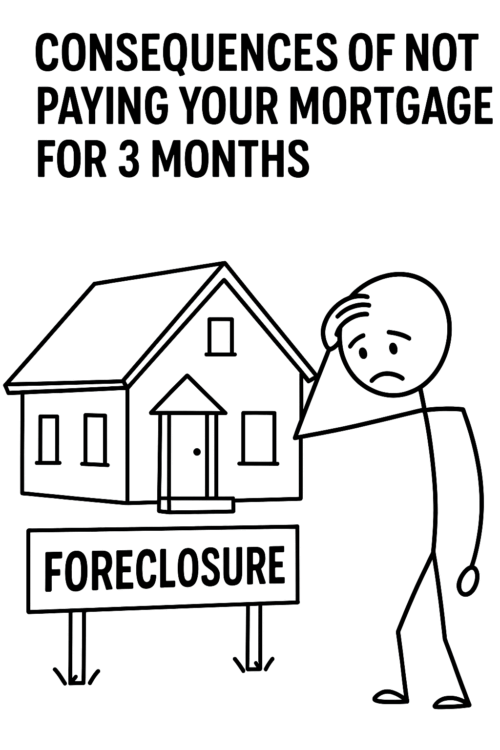Table of Contents
ToggleProperty Tax Arrears in Ontario: Fast, Legal Ways to Stop Penalties—And Keep Your Home
Why falling behind on property taxes is so dangerous (and what to do first)
Missing a property tax bill isn’t just another late payment—it can trigger a chain reaction that puts your home at risk. In Ontario, municipalities can add penalties and interest, register a tax arrears certificate, and ultimately begin a tax sale if the arrears aren’t cleared within statutory timelines. Separate from that, your mortgage lender may also act if tax arrears violate your mortgage terms, potentially pushing the file toward power of sale.
The good news: when you move quickly and choose the right tool, you can halt penalties, protect your equity, and de-stress your cash flow. This guide walks you through the highest-impact steps Ontario homeowners use to catch up—ranked by speed of relief and approval likelihood.
Step 1: Map your exact position and deadlines
Before you pick a solution, get crystal clear on three things:
-
How much is truly owed? Add base tax arrears, penalties/interest, and any municipal admin/legal fees.
-
What’s the legal status? Are you simply behind, or has a tax arrears certificate been registered? Have you received demand letters from your lender?
-
What dates matter? Note grace periods, the deadline to cancel a tax sale, and any mortgage default timelines.
Gather these documents now: latest property tax statement, any municipal notices, mortgage statement, and ID. You’ll use them for every solution below.
Your options—ranked by speed and control
1) Negotiate a short, realistic payment plan with the municipality
Best for: Temporary cash-flow shocks when arrears are modest.
How it works: Many Ontario municipalities offer pre-authorized payment plans or special catch-up schedules. If your arrears are early-stage, this can stop new penalties and put you back onside without touching your mortgage.
Pro tips
-
Arrive with a budget that shows how you’ll afford both the plan and ongoing bills.
-
Ask whether penalties can be paused as long as you meet the schedule.
-
Get everything in writing and calendar every debit date.
When not enough: If arrears are large, you’ve received serious legal notices, or cash flow is too tight to keep up, move to the financing options below.
2) Use a HELOC to clear arrears fast—then repay on your terms
Best for: Homeowners with solid equity who want flexible access and interest-only payments.
How it works: A Home Equity Line of Credit (HELOC) gives you revolving access to funds at a competitive rate. Draw only what’s needed to clear arrears and municipal fees, and pay interest on that portion until you reduce the balance.
Why it works for taxes: Arrears and penalty interest are expensive—and can jeopardize your mortgage standing. Using a HELOC to wipe them out quickly often prevents lender escalation and lets you rebuild a buffer.
Learn how HELOCs are set up on title, how limits are calculated, and what approvals look like on our Home Equity Line of Credit (HELOC) page (internal link #1).
What to watch for: HELOC rates are usually variable; build a budget that still works if prime rises. Plan a principal paydown schedule so the balance doesn’t linger.
3) Take a short-term second mortgage to stop the clock
Best for: Urgent situations where a full refinance isn’t possible yet (credit is bruised, income in transition) or when breaking a low-rate first mortgage would be costly.
How it works: A second mortgage sits behind your first mortgage and brings your account current—covering tax arrears, legal fees, and sometimes other high-interest debts. You keep your first mortgage intact and buy 6–24 months to stabilize before rolling everything into a more affordable single mortgage later.
Why it works for taxes: It’s fast, pays out directly to the municipality, and shows your primary lender you’ve cured the default condition tied to taxes.
Get the essentials—eligibility, fees, and exit strategies—here: Get a Second Mortgage
What to watch for: Pricing is higher than prime-lender mortgages. Treat it as bridge financing with a clear off-ramp (refinance, sale, or renewal window).
4) Refinance to consolidate taxes and expensive debts
Best for: Homeowners with sufficient equity who want a single, lower payment and to clean up multiple bills at once.
How it works: Replace your current mortgage with a new mortgage that pays off the first mortgage, clears the property tax arrears, and rolls in other high-interest balances (credit cards, collections). Done right, this can lower your total monthly outlay and eliminate the triggers that put you at risk.
See scenario math and trade-offs in Refinancing to Pay Off High-Interest Debt
Watch-outs: If you’re mid-term on a fixed rate, include prepayment penalties in the calculation. A broker can compare “refi now” vs. “short second + refi at renewal.”
5) Coordinate with insolvency tools when unsecured debt is the real problem
Best for: House-rich, cash-flow-tight owners whose main strain is unsecured debt, not the mortgage itself.
How it works: A consumer proposal (via a Licensed Insolvency Trustee) reduces unsecured payments and freezes interest, freeing cash to keep taxes and the mortgage current. Your home can often be preserved as long as you maintain mortgage and tax payments.
Understand how proposals interact with mortgages here: Will a Consumer Proposal Affect Your Mortgage in Ontario?
What to watch for: Proposals impact credit during and after the term. They’re not a substitute for clearing tax arrears—you’ll still need a plan (HELOC/second/refi) if arrears are advanced.
What if my lender is threatening Power of Sale?
Mortgage agreements typically require you to keep property taxes current. Significant arrears can trigger lender action—up to and including power of sale. If you’ve received demand letters or legal notices, move quickly. Our primer, Power of Sale in Ontario: What Homeowners Need to Know, explains timelines, costs, and how to respond.
Short version: clearing the arrears fast (with a HELOC, second, or refinance) is often the fastest path to cure default, stop legal cost creep, and regain control of your timeline.
Approval cheat sheet: what lenders and municipalities want to see
Having your paperwork ready dramatically speeds approvals:
-
Municipal side: latest tax bill/statement, arrears letter, ID, and your proposed payment plan or proof of funds to clear the balance.
-
Financing side: property tax statement, mortgage statement(s), recent NOA/pension stubs or income docs, two pieces of ID, list of debts, and (if available) your credit report.
-
Property details: current home value estimate, insurance info, and whether any other liens are registered.
Pro tip: If you’re pursuing multiple solutions in parallel (e.g., HELOC and second), tell your broker; they can structure applications so one quick approval arrives without harming the other options.
Mistakes that make property tax arrears worse
-
Waiting too long. Penalties and legal costs can escalate quickly—especially once a file moves to municipal legal or your lender’s counsel.
-
Paying everyone but the municipality. Prioritize tax arrears; municipal liens can jump ahead of other creditors and block approvals.
-
Choosing the wrong tool. If your income is volatile, a HELOC’s interest-only feature may beat a tight amortized payment. If your credit is bruised, a second mortgage may fund faster than a full refinance.
-
No exit plan. Every short-term fix needs a defined off-ramp: refinance at renewal, sale, or a written paydown schedule.
A 30-day action plan you can start today
Days 1–3: Diagnose & document
-
Call the municipality: confirm exact arrears, penalties, and deadlines.
-
Gather mortgage statements and any legal notices.
-
Build a simple monthly budget.
Days 4–7: Stabilize
-
If feasible, set up a municipal payment plan immediately to pause further penalties.
-
Book a call with a broker to review HELOC, second mortgage, and refinance paths side-by-side.
Days 8–14: Choose and apply
-
Submit a complete financing package (ID, income, tax letter, mortgage statement).
-
Ask your broker to run approvals in parallel to minimize delays.
Days 15–21: Execute
-
Use the approved funds to clear arrears and confirm with the municipality in writing.
-
If your lender had issued a default notice, send proof to cure and request confirmation that the file is returned to regular servicing.
Days 22–30: Prevent repeat risk
-
Set automatic savings for future property taxes (monthly “tax escrow” in your own account).
-
If cash flow is tight, explore a small principal paydown plan on the HELOC/second to keep momentum.
-
Review insurance and utilities to ensure no other arrears accrue.
FAQs: Ontario property tax arrears
Can I include property taxes in my mortgage payment?
Some lenders collect taxes in your regular payment and remit them to the municipality. If you pay them yourself, consider a dedicated monthly “tax fund” so the cash is always there at billing time.
Will paying with a credit card help?
A few municipalities accept credit cards via third-party processors (fees apply). For larger arrears, a HELOC or second mortgage is usually more cost-effective than high-interest revolving debt.
Is selling the only option if I’m far behind?
No. Many owners clear arrears with a short-term second or refinance, then regroup. If long-term affordability won’t work, a proactive sale preserves more equity than waiting for legal action.
The bottom line
Property tax arrears in Ontario are urgent—but solvable. Start by confirming the exact amount and legal status, then pick the tool that matches your timeline and cash-flow reality:
-
Payment plan if the shortfall is small and recent.
-
HELOC for fast, flexible access with interest-only payments.
-
Second mortgage when credit or timing makes a refinance tough today.
-
Refinance to roll taxes and other debts into one manageable payment.
-
Consumer proposal if unsecured debt is the deeper issue (coordinated with a tax-clear strategy).
If you’d like help choosing the smartest path, our team can compare approvals and costs in one conversation and handle the paperwork so you can get back onside quickly—without sacrificing your equity.
- Mistakes to Avoid with Debt Consolidation Loans in Alberta (Before Your Situation Gets Worse) - December 4, 2025
- Steps to Take After a Notice of Sale in Ontario Is Issued(Before It’s Too Late) - December 2, 2025
- Ways Debt Consolidation Loans in Oshawa Can Transform Your Finances - November 30, 2025






